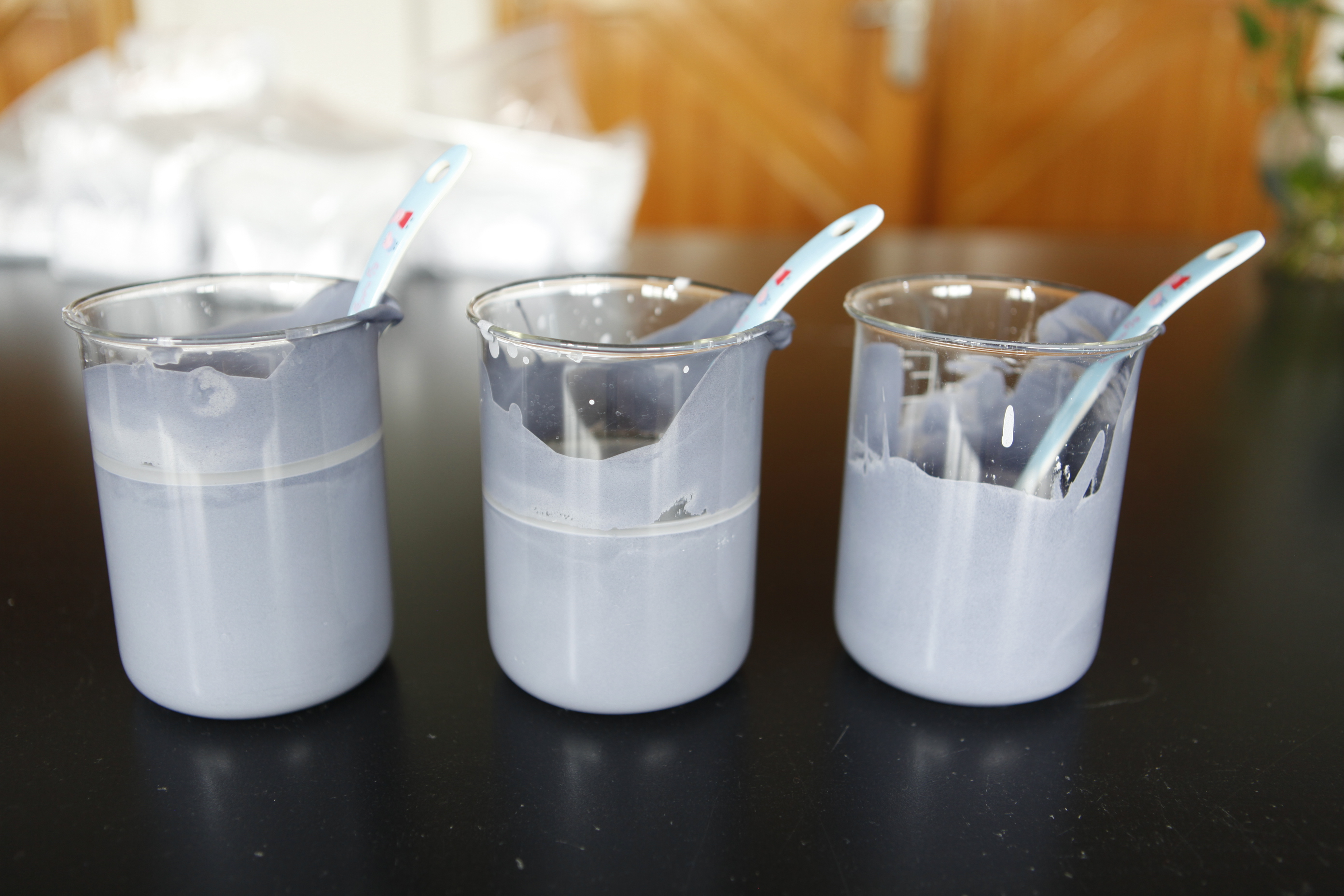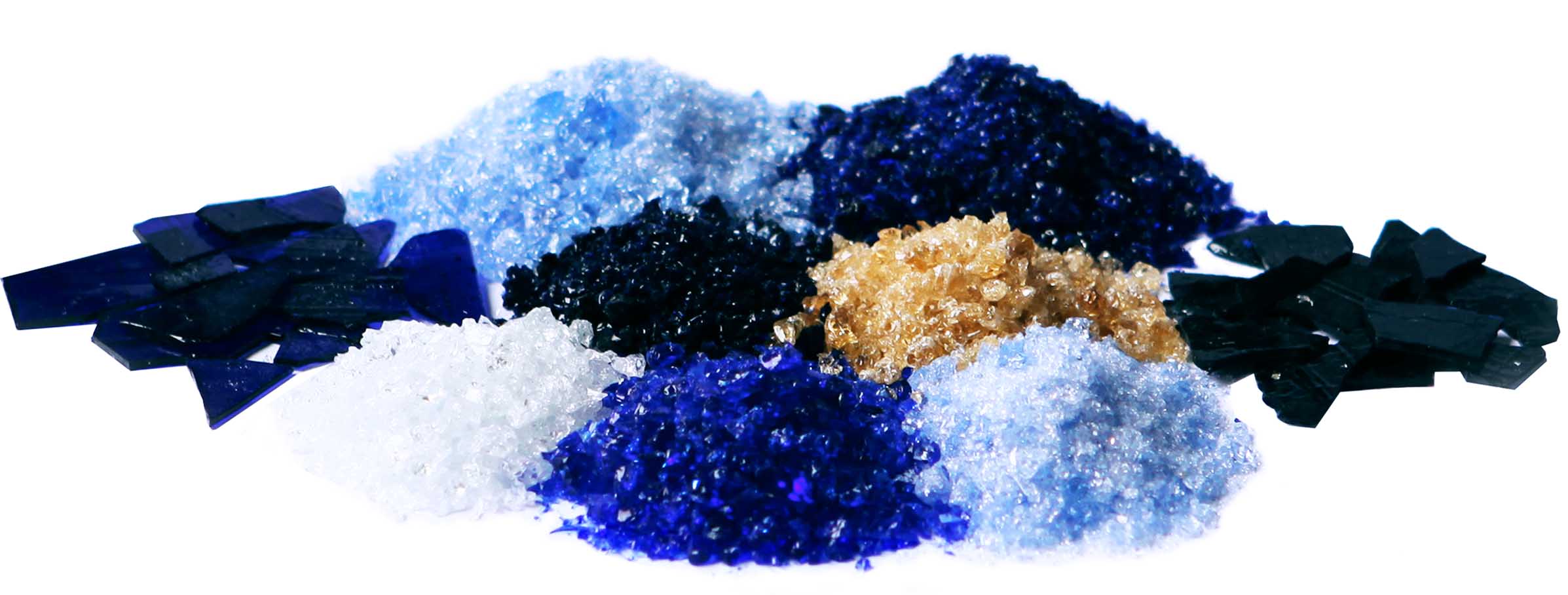
First, the aging of the ground glaze slurry
After grinding, the glaze slurry has to be stored in the container for a period of time, the process is called aging. Its purpose is to make the glaze slurry adapting to the requirements of the enamelling:
(1) the ball milling process of glaze slurry rises the temperature, expansion phenomenon is serious, enamelling process become difficult. Aging glaze slurry reduce the temperature, expansion phenomenon restores to the normal status.
(2) The ball milling process will inevitably make a lot of air mixed into the glaze slurry, there are some adverse effects occurred (porcelain surface bubbles). Through aging, the gas mixed into the glaze slurry will gradually escape.
(3) glaze slurry due to stirring, friction and other reasons, enamel hydrolysis accelerated, precipitating soluble alkali so that the pH of the glaze slurry rises (this phenomenon is particularly obvious in the antimony glaze), thus affecting the glossiness of the enamel surface. Through aging, the glaze slurry will produce a certain degree of sediment phenomenon, the surface layer of the solution can remove or reduce the free material, and thus improving the quality of the enamel surface.
(4) Coloured glaze grinding process will also create free soluble salts, if these soluble salts are not removed, coated after firing (or after decorative flowers) porcelain surface will show uneven color shadows. After aging, skimming off the upper layer of solution, is conducive to improving the quality of coloured enamel porcelain surface. The methods for aging of the glaze slurry vary. Generally speaking, the ground glaze, side glaze can be used directly without aging ; titanium glaze aging 1 ~ 2days; antimony glaze aging time needs to be longer, generally in 5 ~ 7d. glaze slurry can not be stored for too long, otherwise it will produce coarse particles precipitation, so that the glaze slurry can stratify. At present, the aging time of each enamel factory is not the same. Therefore, the aging time data is for reference only.
Secondly, the ground glaze slurry storage

Freshly ground glaze slurry should be stored for at least 16h, in order to have a stable viscosity. High temperature will increase the water solubility of enamel surface ions and lead to excessive aging of the glaze slurry, so the glaze slurry should be stored in a place with lower temperature, especially avoiding next to the firing furnace, and the storage time of the glaze slurry should not be too long. The glaze slurry is recommended to be stored in a ceramic cylinder or stainless steel container, and must be protected from light, and the temperature of the storage room is recommended less than 25℃. Duration of use: Optimum 3 months, maximum 6 months. The glaze slurry must be mixed well before use and then sieved through a 40 sieve before use.






